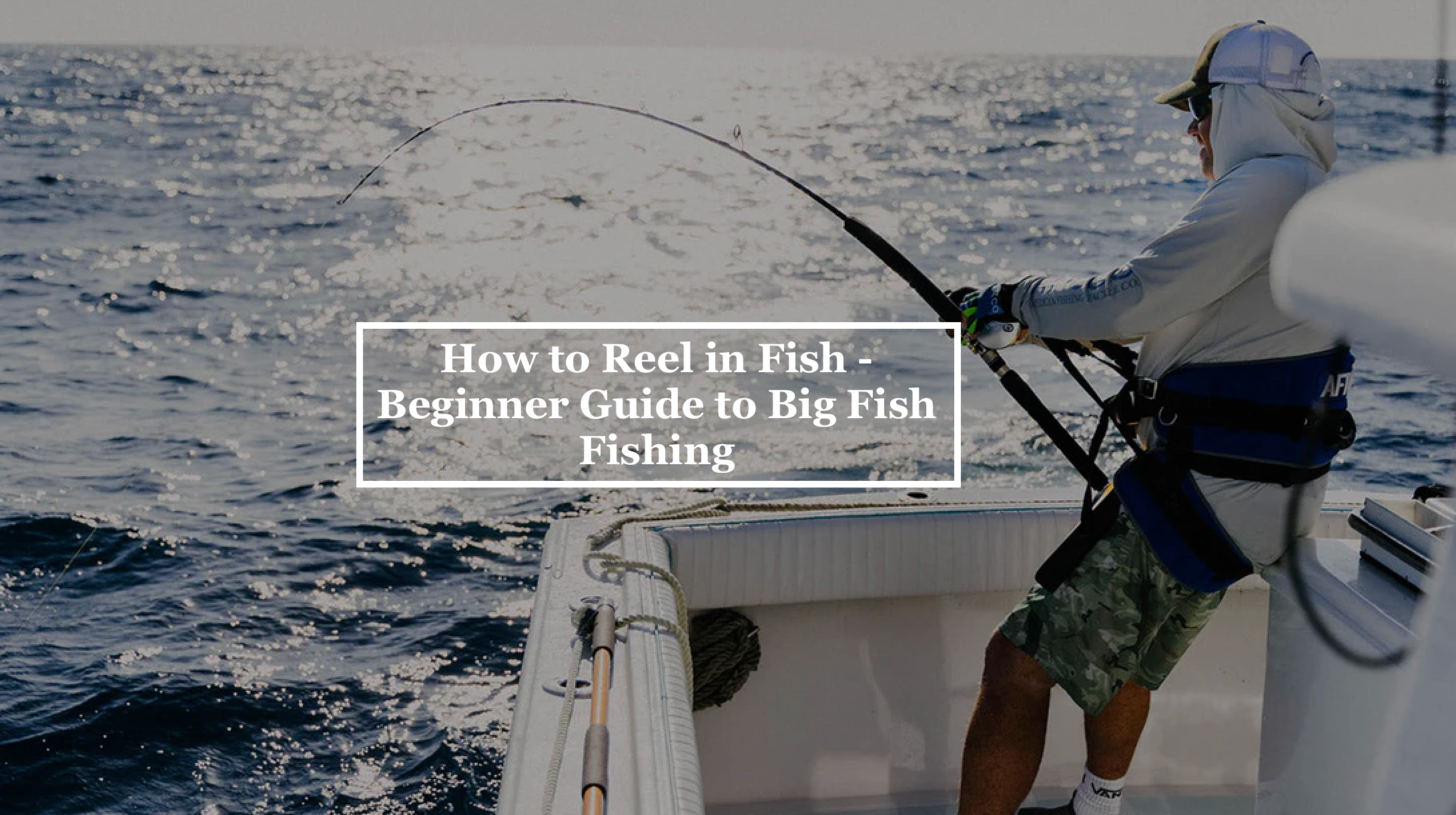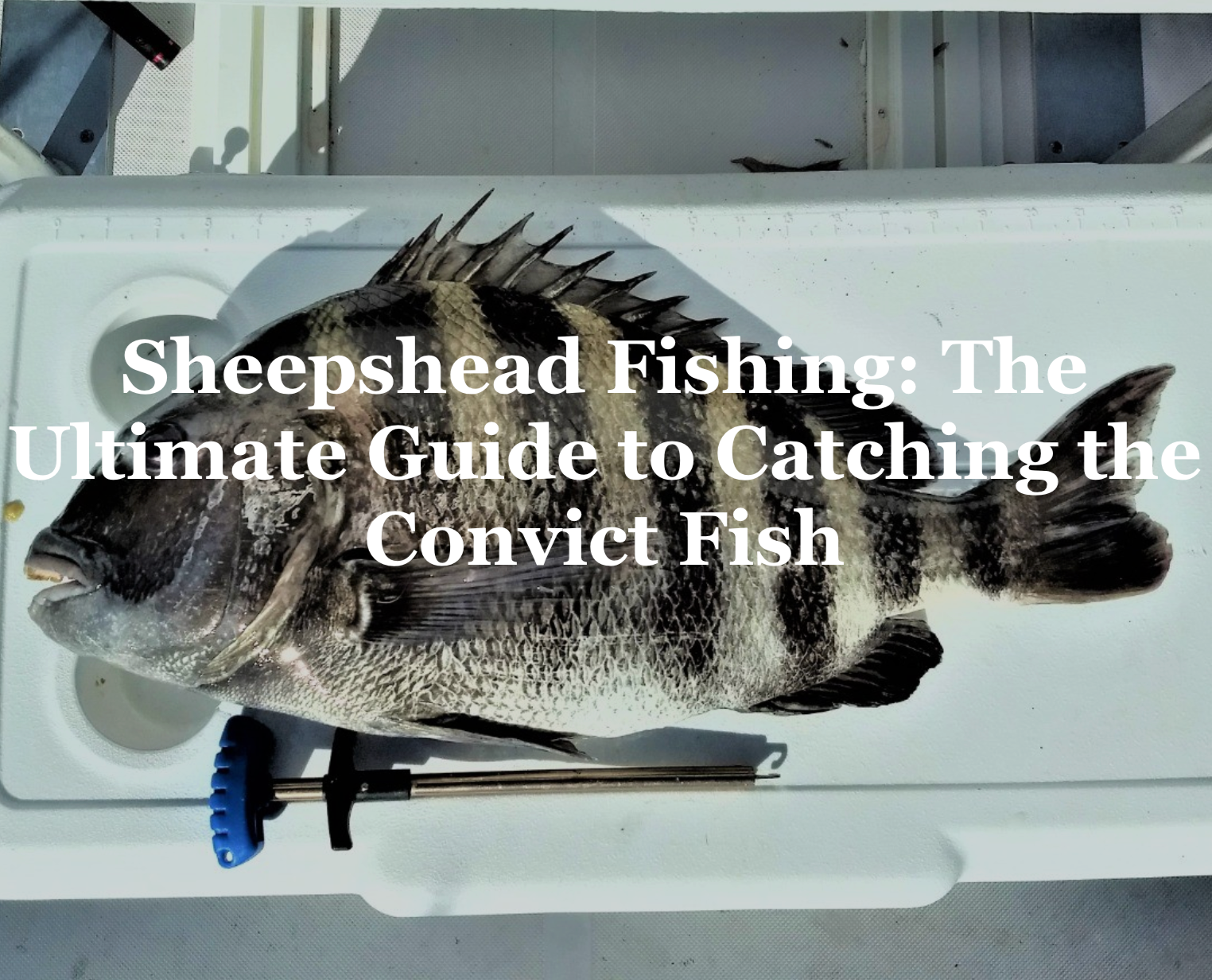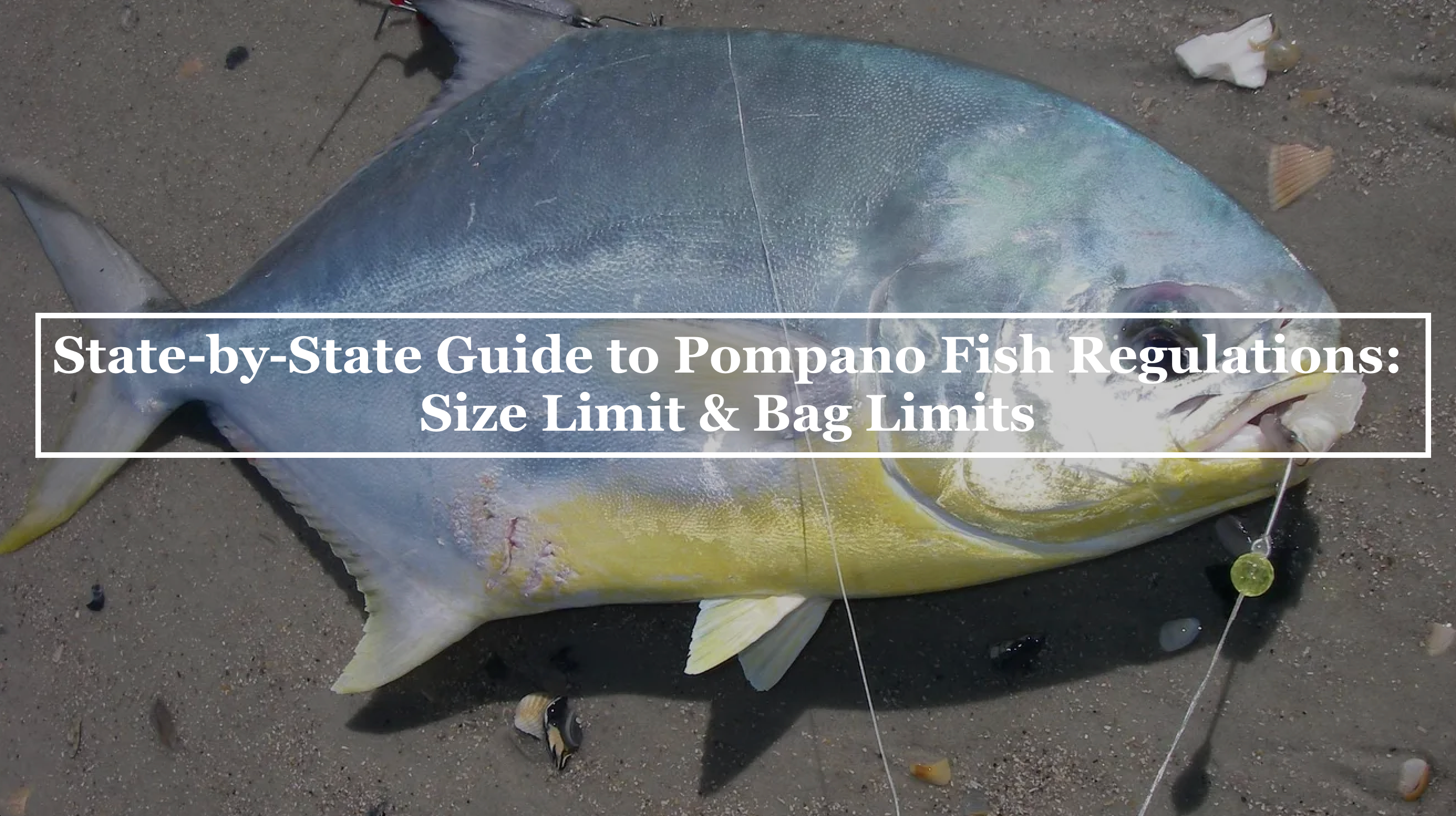For new anglers, learning how to reel in fish is the heart-pounding moment where preparation meets triumph. It’s not just about cranking the handle on your fishing reel—it’s a dance of patience, technique, and strength that turns a bite into a catch. Whether you’re casting from a pier or battling a monster in deep waters, mastering fishing techniques for reeling in fish can make all the difference. This guide breaks down the essentials, focusing on angling basics to help beginners reel in fish with confidence, from small panfish to trophy-sized beasts.
The Basics of How to Reel in Fish

Reeling in fish starts with understanding your fishing gear. Your fishing rod and fishing reel are your tools, and knowing how they work together is key for beginner anglers. When a fish bites, you’ll feel a tug or see your rod tip dip—that’s your signal to act. First, keep your rod tip up to maintain tension on the line, which prevents the fish from shaking the hook free. Start reeling slowly and steadily, letting the fish fight against the drag of your reel. The drag system, a critical part of your fishing reel, lets line out under pressure, tiring the fish without snapping your line. Fish fighting is a test of endurance—don’t rush it. Reel when the fish slows, and pause if it pulls hard, keeping the line tight but not overstressed.
Your stance matters too. Stand with your feet shoulder-width apart, bracing yourself against the fish’s movements. If the fish runs, let the drag do its job while you maintain steady pressure. For smaller fish, this process might take just a minute, but for bigger catches, it’s a marathon, not a sprint. The goal is to tire the fish out, bringing it close enough to net or land. This foundational approach to reeling in fish sets the stage for tackling larger challenges, whether you’re on a boat or a pier.
How to Reel in a Big Fish

When you hook a big fish, the stakes—and the excitement—skyrocket. Big fish fishing requires more than just reeling; it’s about strategy and control. Start by ensuring your drag is set properly—about one-third of your line’s test strength works for most scenarios. If you’re using a 20-pound test line, set the drag to around 6-7 pounds of resistance. This lets the fish pull line without breaking it, crucial for powerful species like tarpon or kingfish. As the fish fights, keep your rod tip up at a 45-degree angle, using the rod’s bend to absorb shocks from sudden runs.
Reeling in a big fish means playing the long game. Don’t force the fish in—let it tire itself out. When it surges, stop reeling and let the drag handle the pressure, keeping the line taut to avoid slack. Slack line is a rookie mistake that can let the fish spit the hook. When the fish slows, reel in steadily, gaining line with each pause in its fight. Use your body to your advantage, shifting your weight to counter the fish’s movements. If you’re on a boat or pier, brace against a railing or seat for stability. Fish fighting at this level can take 10 minutes or more, so stay patient and focused—your prize is worth the effort.
How to Reel in a Big Fish Deepsea

Deep sea fishing amps up the challenge, pitting you against ocean giants like tuna, marlin, or grouper. Learning how to reel in a big fish deepsea starts with heavy-duty fishing gear. You’ll need a stout fishing rod—often a 50- to 80-pound class—and a reel with a high line capacity, capable of holding 300 yards or more of braided line. Set your drag tighter than usual, around 25-30% of the line’s breaking strength, to handle the raw power of deep sea fish. These beasts can dive hundreds of feet, so a reliable drag system is your best friend.
When a deep sea fish strikes, the first run can peel line off your reel at dizzying speed. Don’t panic—let the fish run while keeping your rod tip up, using the rod’s backbone to absorb the strain. Deep sea fishing often involves a fighting chair or harness to anchor you against the fish’s strength, so secure yourself if possible. Once the fish slows, start reeling in fish with steady, powerful turns of the handle. Pump the rod as you reel: lift the rod tip to gain line, then lower it quickly while reeling to take up slack. This pump-and-reel technique is essential for deep sea battles, as it helps you gain ground without exhausting yourself. Be ready for multiple runs—a 100-pound tuna might fight for 30 minutes or more. Stay calm, keep the pressure on, and let your fishing tackle do the heavy lifting until the fish surfaces.
How to Reel in a Big Fish from Pier

Pier fishing offers a unique challenge for reeling in a big fish, blending accessibility with the thrill of big fish fishing. When you hook a big fish from a pier—think snook, redfish, or even a small shark—your position high above the water adds complexity. Start by ensuring your fishing reel’s drag is set to handle the fish’s initial run, typically 20-25% of your line’s test strength. A 6- to 7-foot medium-heavy fishing rod paired with a spinning reel works well for most pier scenarios, giving you the leverage to control the fight.
The key to reeling in a big fish from a pier is managing the fish’s attempts to run under the structure. Big fish often dart toward pilings to break the line, so angle your rod to steer them away, keeping steady pressure to guide them into open water. Reel in fish when the fish pauses, but if it surges toward the pier, lower your rod tip and let the drag release line, preventing a snap. Be mindful of other anglers—communicate if you need space to maneuver. Once the fish is tired, reeling it up to the pier requires a pier net or gaff, as lifting a heavy fish by the line alone can break it. Lower the net, guide the fish in, and hoist it up carefully. Pier fishing demands patience and spatial awareness, but the reward of landing a big fish from that vantage point is unbeatable for beginner anglers.
Tips for Success: Reeling Like a Pro

Beyond the mechanics, a few angling basics can elevate your ability to reel in fish. First, always check your fishing gear before casting—ensure your line has no nicks and your drag is set correctly. A smooth drag prevents line breaks, especially during fish fighting. Second, stay calm during the fight; panicking leads to mistakes like over-reeling or jerking the rod, which can cost you the fish. Finally, practice makes perfect. Start with smaller fish to build confidence in your technique, then scale up to bigger challenges like deep sea fishing or pier battles. Every fish you reel in teaches you something new, honing your skills for the next adventure.
Why Reeling In Fish Matters for Beginners
For new anglers, mastering how to reel in fish is more than a skill—it’s a gateway to the joy of fishing. It builds confidence, sharpens your understanding of fishing tackle, and connects you to the rhythm of the water. Whether you’re reeling in a big fish from a pier or battling a deep sea giant, the thrill of the fight is what hooks you for life. So grab your rod, set your drag, and get ready to reel in fish like a pro—your first big catch is waiting.






Share:
How to Set the Drag: A Beginner’s Guide to Mastering Your Fishing Reel
How to Clean a Fish - Beginner’s Step-by-Step Guide